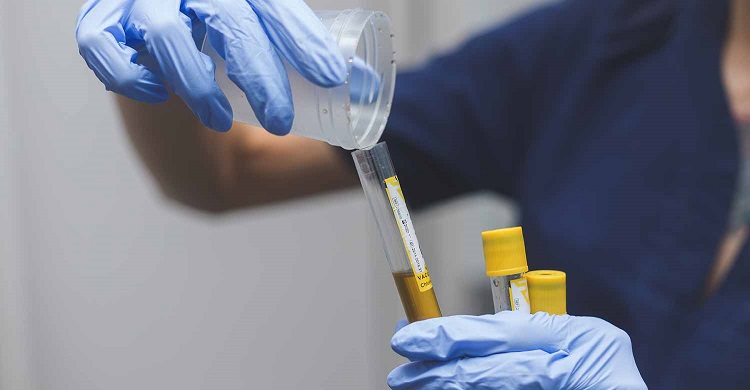Proteins are large, complex molecules that are composed of amino acids and are actively involved in metabolism, defense, cellular communication, and molecular recognition. Having a considerable amount of proteins in your body is normal. Large amounts of proteins are called proteinuria, which may be a classic sign of kidney disease. Renowned nephrologist Tsegaw Egziti, M.D can help determine the causes of proteinuria and implement a treatment plan to improve your condition.
Table of Contents
Understanding Proteinuria
Proteinuria is characterised by increased levels of protein in your urine. It is normal to have a temporary increase in proteins in your urine when sick or after a heavy physical workout. However, persistent increase in protein levels could be indicative of an underlying cause such as kidney disease, resulting in increased protein excretion.
Causes of Proteinuria
Proteinuria can occur due to certain conditions that cause a temporary rise in protein levels or could be due to underlying medical conditions. These include:
- Dehydration (when your body has insufficient water and fluids for proper functioning)
- Exposure to extreme cold
- Heavy physical workout
- Fever
- Chronic kidney disease
- Hypertension (high BP)
- Lupus (an autoimmune disorder affecting the joints, skin, and internal organs)
- Multiple myeloma (a type of blood cancer)
- Heart disease
- Kidney infection
- Rheumatoid arthritis (a chronic inflammatory disorder of the joints)
- Diabetes
- Pregnancy
Signs And Symptoms of Proteinuria
Symptoms begin during advanced stages of proteinuria that include:
- Edema (swelling) in your face, ankles, and feet
- Puffiness around the eyes
- Shortness of breath
- Nausea and vomiting
- Fatigue
- Loss of appetite
- Muscle cramps at night
- Frequent urination
- Foamy or bubbly urine
Types of Proteinuria
According to the reason for protein loss and its frequency, proteinuria can be classified into:
- Persistent proteinuria: The protein levels in urine are always high, as seen in people with kidney disease.
- Transient proteinuria: The protein levels increase temporarily due to fever or strenuous physical exercise.
- Orthostatic proteinuria: The protein levels increase in your urine post a sample collection in a supine (lying down) position.
Managing Proteinuria
Transient and orthostatic proteinuria are less dangerous and can resolve without treatment. However, persistent proteinuria requires treatment to preserve kidney function. If the kidney function is not hampered your doctor can manage proteinuria through prescription medications to control your blood pressure. However, if it appears that proteinuria is related to a decrease in kidney function then the underlying cause should be treated to keep your kidneys healthy.
Takeaway
It is essential to identify the early signs of proteinuria and seek medical help from a skilled nephrologist to treat proteinuria and restore kidney function.










Comments